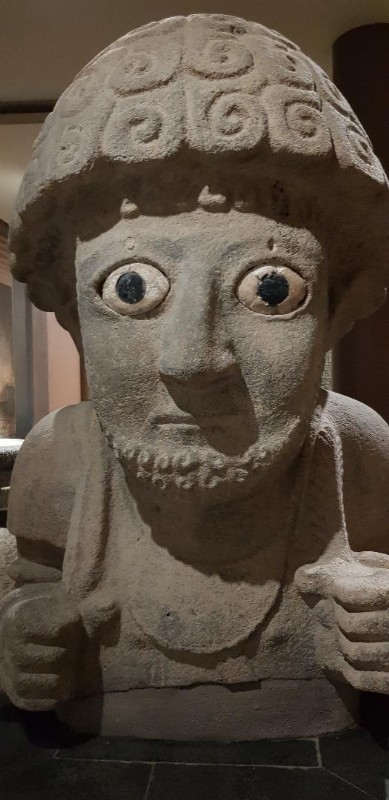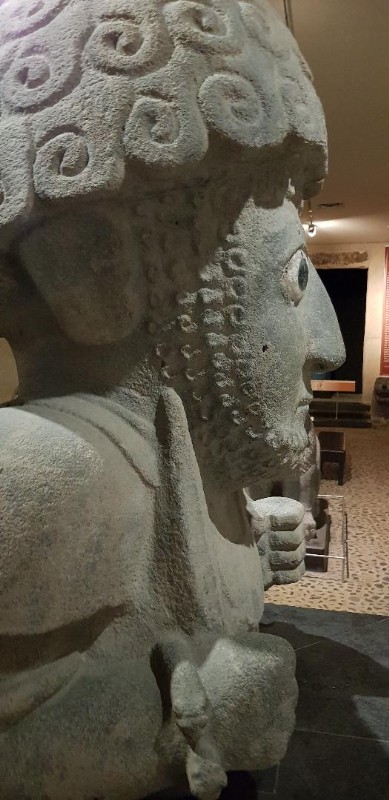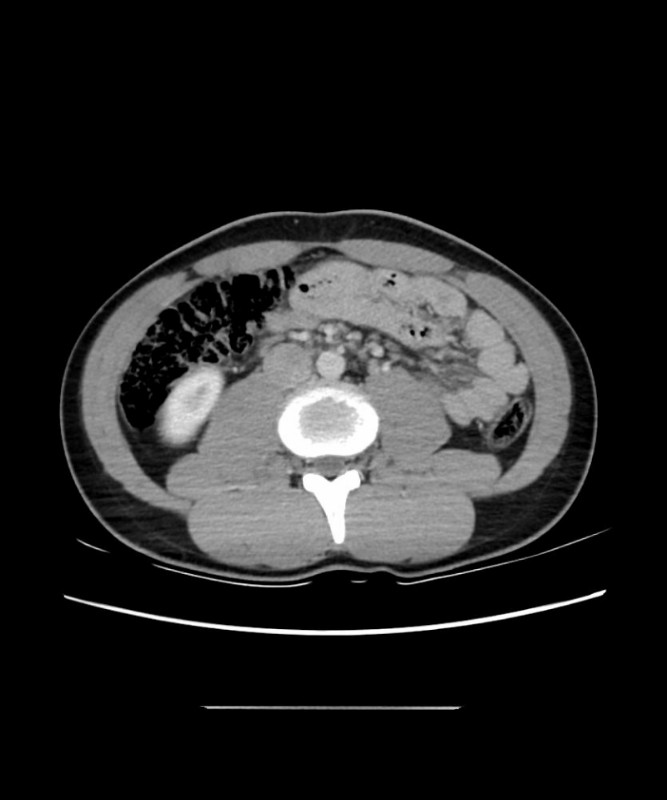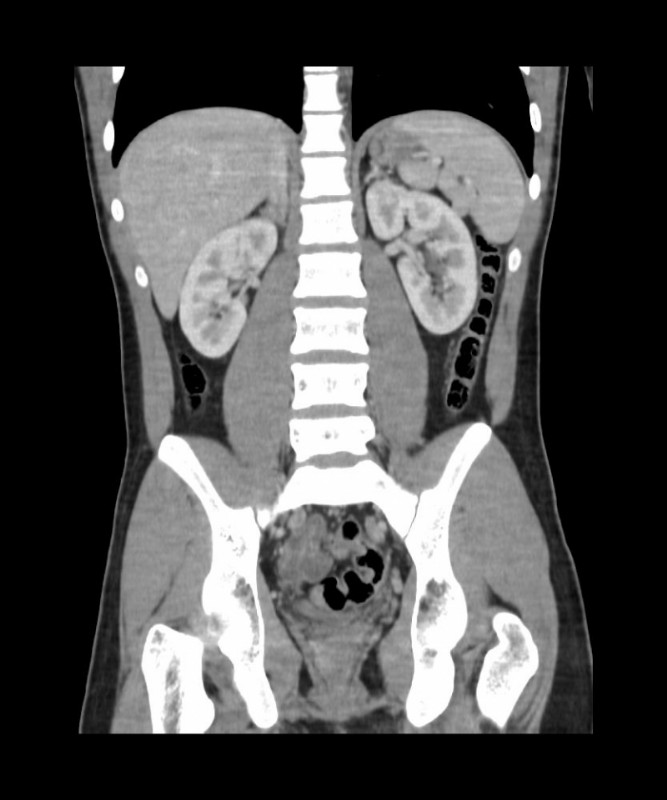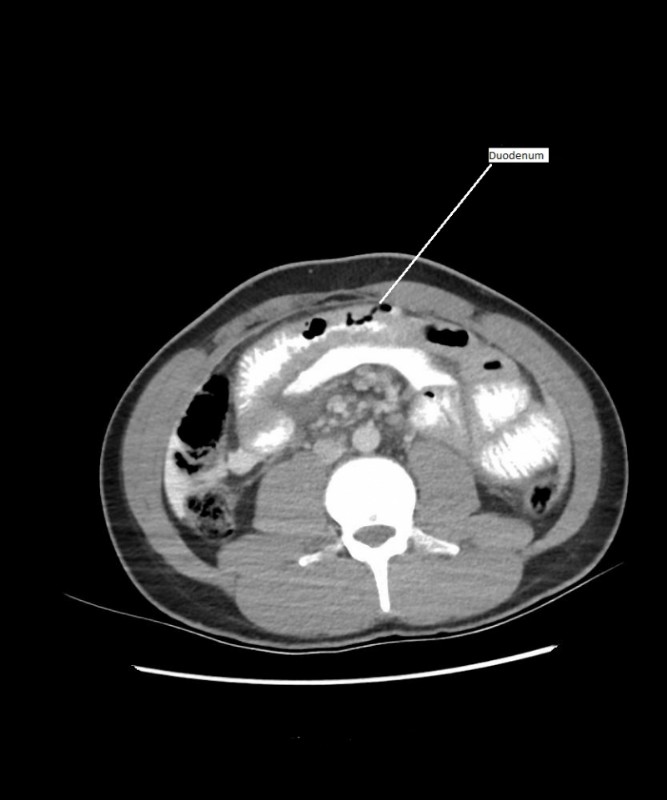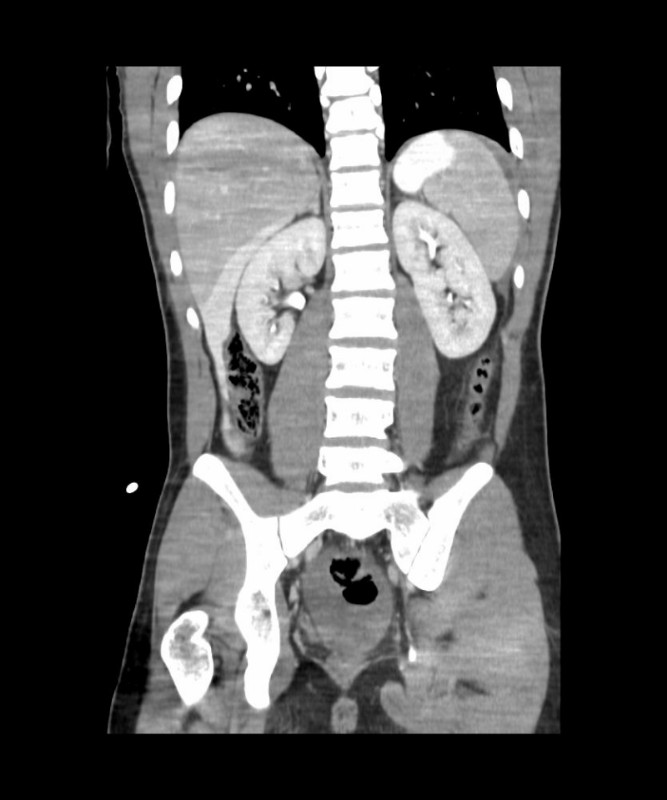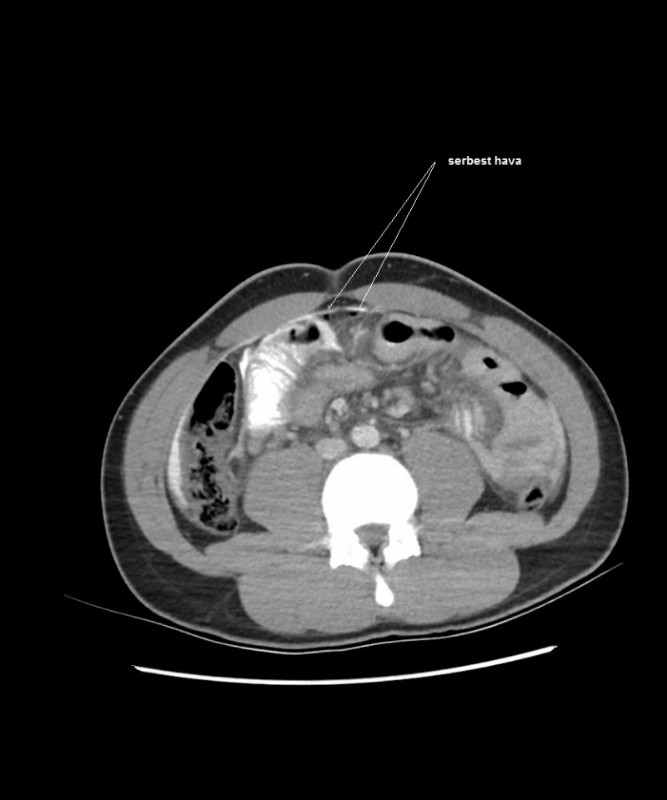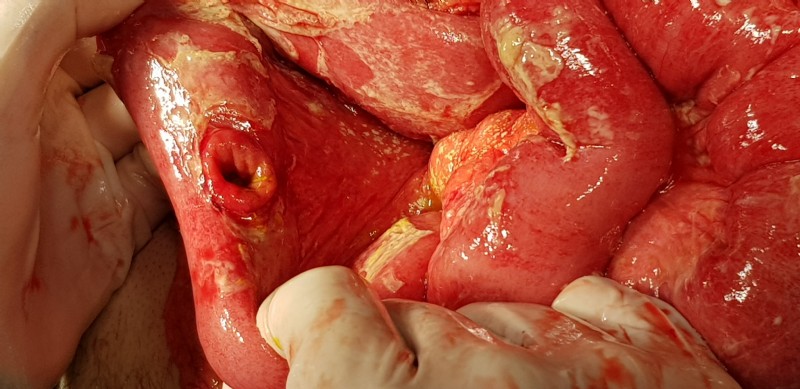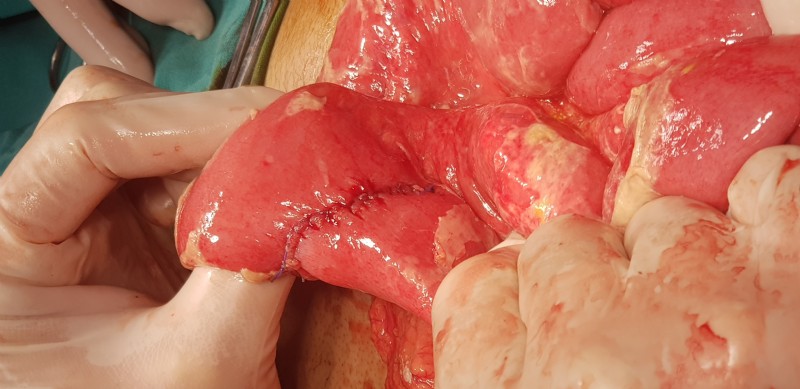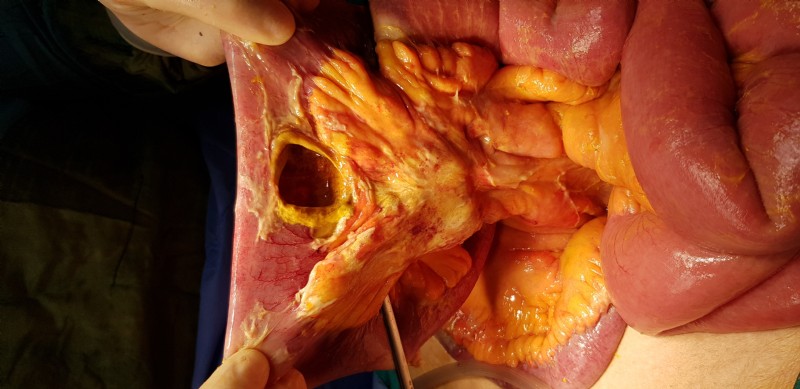28 September 2019
Friday, December 07, 2018
International Pilonidal Society
2nd International Pilonidal Sinus Disease Conference
28 September 2019
28 September 2019
Friday, August 24, 2018
Sunday, March 25, 2018
Meme kanseri tarama kılavuzları arasındaki farklar
EPS-0796
Meme kanseri tarama kılavuzları arasındaki farklar
Mehmet Eren Yüksel
Aksaray Üniversitesi Tıp Fakültesi, Aksaray Eğitim ve Araştırma Hastanesi,
Genel Cerrahi Ana Bilim Dalı, Aksaray
Milattan önce 9. yüzyılda Kral Suppiluliuma’da hipertiroidizme bağlı Graves oftalmopatisi mi vardı?
EPS-0187
Milattan önce 9. yüzyılda Kral Suppiluliuma’da
hipertiroidizme bağlı Graves oftalmopatisi mi vardı?
hipertiroidizme bağlı Graves oftalmopatisi mi vardı?
Mehmet Eren Yüksel
Aksaray Üniversitesi Tıp Fakültesi, Aksaray Eğitim ve Araştırma Hastanesi,
Genel Cerrahi Ana Bilim Dalı, Aksaray
Künt abdominal travma sonrası geç ortaya çıkan izole ince bağırsak perforasyonu: Olgu sunumu
EPS-0057
Künt abdominal travma sonrası geç ortaya çıkan
izole ince bağırsak perforasyonu: Olgu sunumu
izole ince bağırsak perforasyonu: Olgu sunumu
Mehmet Eren Yüksel1, Ömer Özberk2, Namık Özkan1
1Aksaray Üniversitesi Tıp Fakültesi, Aksaray Eğitim ve Araştırma Hastanesi,
Genel Cerrahi Ana Bilim Dalı, Aksaray
Genel Cerrahi Ana Bilim Dalı, Aksaray
2Aksaray Üniversitesi Tıp Fakültesi, Aksaray Eğitim ve Araştırma Hastanesi,
Radyoloji Ana Bilim Dalı, Aksaray
Radyoloji Ana Bilim Dalı, Aksaray
Monday, March 19, 2018
S. Aureus is the most common bacterial agent of the skin flora of the patients with seborrheic dermatitis
Staphylococcus aureus is the most common
bacterial agent of the skin flora of patients with
seborrheic dermatitis
https://www.derm101.com/dpc/april-2018-volume-8-no.2/dp0802a04/
https://www.derm101.com/dpc/april-2018-volume-8-no.2/dp0802a04/
"In conclusion, bacterial diversity in the skin lesions of seborrheic dermatitis as interactions between Malassezia species and bacterial flora of the skin seem to be associated with the development of seborrheic dermatitis. S. aureus is a pathogenic microorganism commonly found in the skin flora of the patients with seborrheic dermatitis. We propose that, in addition to Malassezia species, S. aureus may play a role. Therefore, appropriate antibiotic therapy should be considered in the treatment of severe and persistent seborrheic dermatitis cases."
Citation: Tamer F, Yuksel ME, Sarifakioglu E, Karabag Y. Staphylococcus aureus is the most common bacterial agent of the skin flora of patients with seborrheic dermatitis. Dermatol Pract Concept. 2018;8(2):80-84.
DOI: https://doi.org/10.5826/dpc.0802a04
Bası ülserinin takibinde ve tedavisinde dikkatli olunmalıdır: Bası ülseri Fournier gangrenine neden olabilir
EPS-0959
Bası ülserinin takibinde ve tedavisinde
dikkatli olunmalıdır:
Bası ülseri Fournier gangrenine neden olabilir
dikkatli olunmalıdır:
Bası ülseri Fournier gangrenine neden olabilir
Mehmet Eren Yüksel1, Mehmet Akif Diri2, Mustafa Sami Bostan1, Namık Özkan1
1Aksaray Üniversitesi Tıp Fakültesi, Aksaray Eğitim ve Araştırma Hastanesi,
Genel Cerrahi Ana Bilim Dalı, Aksaray
2Aksaray Üniversitesi Tıp Fakültesi, Aksaray Eğitim ve Araştırma Hastanesi,
Üroloji Ana Bilim Dalı, Aksaray
Taşlaşmış fekalite bağlı ince bağırsak perforasyonu: Video olgu sunumu
EPS-0050 Taşlaşmış fekalite bağlı ince bağırsak
perforasyonu: Video olgu sunumu
perforasyonu: Video olgu sunumu
Mehmet Eren Yüksel, Mustafa Sami Bostan, Namık Özkan
Aksaray Üniversitesi Tıp Fakültesi, Aksaray Eğitim ve Araştırma Hastanesi,
Genel Cerrahi Ana Bilim Dalı, Aksaray
Tuesday, February 06, 2018
Generalized Lichenoid Drug Eruption Accompained By Hand-Foot Syndrome Due To Capecitabine
Generalized Lichenoid Drug Eruption Accompained By Hand-Foot Syndrome Due To Capecitabine
Tamer F, Yuksel ME. Generalised lichenoid drug eruption accompanied by hand-foot syndrome due to capecitabine. Indian J Dermatol 2018;63:83-4
http://www.e-ijd.org/article.asp?issn=0019-5154;year=2018;volume=63;issue=1;spage=83;epage=84;aulast=Tamer
Tamer F, Yuksel ME. Generalised lichenoid drug eruption accompanied by hand-foot syndrome due to capecitabine. Indian J Dermatol 2018;63:83-4
http://www.e-ijd.org/article.asp?issn=0019-5154;year=2018;volume=63;issue=1;spage=83;epage=84;aulast=Tamer
Sir,
A 38-year-old female patient with breast cancer presented with itchy rash on the arms and feet and painful erythema on both palms and soles. She received oral capecitabine (Xeloda®) at a dose of 1250 mg/m2 twice daily for 14 days in 21-day cycles during the past 10 weeks. The lesions had been present for the past 6 weeks, and they first appeared 4 weeks after the initiation of capecitabine treatment. The patient had no other concurrent medication. There was no history of medication for any other illness in the recent past. The physical examination revealed well-defined erythema, oedema, and desquamation on the palmoplantar region. The diagnosis of hand-foot syndrome was made based on clinical features. She also had erythematous papules and plaques predominantly on the forearms and legs but also on her back and abdomen [Figure 1] and [Figure 2]. The skin biopsy of a lesion on the dorsal aspect of the lower extremity revealed hyperkeratosis, irregular acanthosis with sawtooth pattern, spongiosis, eosinophils, and band-like lymphocytic infiltrate at the dermal-epidermal junction, interface dermatitis with vacuolar change in the basal layer, and apoptotic keratinocytes [Figure 2]c. Thus, the initial diagnosis of lichenoid drug eruption was confirmed by histopathology. Capecitabine therapy was stopped, and the patient was started on topical methylprednisolone and oral desloratadine 5 mg twice daily. In addition, two ampules each containing 6.43 mg betamethasone dipropionate and 2.63 mg betamethasone sodium phosphate were administered intramuscularly 15 days apart. The lesions healed completely after 5 weeks of the treatment.
Capecitabine is a chemotherapeutic agent which is metabolized to 5-fluorouracil. It is used in the treatment of colorectal and metastatic breast cancer. Hand-foot syndrome is a common cutaneous side effect of capecitabine. Hand-foot syndrome presents with dysesthesia, pain, bilateral well-defined erythema, oedema, blisters, ulceration, and desquamation on palms and soles.[1] The diagnosis of hand-foot syndrome is usually made by its clinical features. Treatment options include moisturising lotion, pyridoxine, dimethyl-sulfoxide, and oral corticosteroids. However, the lesions usually disappear spontaneously within a few weeks if the causative agent is discontinued.[2]
In addition to hand-foot syndrome, a few cases with photosensitive lichenoid drug eruption have been reported during capecitabine treatment.[3],[4],[5]Hague and Ilchyshyn reported a 73-year-old female patient with breast cancer who developed erythematous plaques on sun-exposed areas including neck and forearms 2 weeks after capecitabine treatment began.[3] Walker et al described a 75-year-old female patient with breast cancer who developed violaceous papules on the dorsal aspect of the arms and legs and palmoplantar erythema due to capecitabine. Walker et al claimed that they achieved marked improvement using topical clobetasol propionate 0.05% and systemic hydroxyzine without interrupting therapy.[4] Moreover, Gehlhausen et alreported a 61-year-old female with photosensitive lichenoid eruption during capecitabine therapy for metastatic breast cancer. The patient was treated with topical triamcinolone. However, the lesions recurred when capecitabine treatment was re-introduced.[5]
Systemic administration of 5-fluorouracil can cause photosensitivity. Prodrugs of 5-fluorouracil such as capecitabine and tegafur have been implicated in lichenoid eruptions. Therefore, it has been suggested that the lichenoid reaction might be related to a metabolite of the prodrug.[5] Other cutaneous side effects of capecitabine include generalised rash, bullous eruption, onycholysis, alopecia, lichenoid stomatitis, subacute cutaneous lupus erythematosus, and cutaneous and mucosal pigmentation.[3],[4]
To the best of our knowledge, the coexistence of photosensitive lichenoid eruption and palmoplantar erythema due to capecitabine has been previously reported only in one patient. The violaceous papules appeared on the dorsal aspect of the patient's hands, forearms, and legs after sun exposure during summer.[4] However, the patient we presented above had both hand-foot syndrome and generalised lichenoid drug eruption due to capecitabine simultaneously.
In addition to hand-foot syndrome, a few cases with photosensitive lichenoid drug eruption have been reported during capecitabine treatment.[3],[4],[5]Hague and Ilchyshyn reported a 73-year-old female patient with breast cancer who developed erythematous plaques on sun-exposed areas including neck and forearms 2 weeks after capecitabine treatment began.[3] Walker et al described a 75-year-old female patient with breast cancer who developed violaceous papules on the dorsal aspect of the arms and legs and palmoplantar erythema due to capecitabine. Walker et al claimed that they achieved marked improvement using topical clobetasol propionate 0.05% and systemic hydroxyzine without interrupting therapy.[4] Moreover, Gehlhausen et alreported a 61-year-old female with photosensitive lichenoid eruption during capecitabine therapy for metastatic breast cancer. The patient was treated with topical triamcinolone. However, the lesions recurred when capecitabine treatment was re-introduced.[5]
Systemic administration of 5-fluorouracil can cause photosensitivity. Prodrugs of 5-fluorouracil such as capecitabine and tegafur have been implicated in lichenoid eruptions. Therefore, it has been suggested that the lichenoid reaction might be related to a metabolite of the prodrug.[5] Other cutaneous side effects of capecitabine include generalised rash, bullous eruption, onycholysis, alopecia, lichenoid stomatitis, subacute cutaneous lupus erythematosus, and cutaneous and mucosal pigmentation.[3],[4]
To the best of our knowledge, the coexistence of photosensitive lichenoid eruption and palmoplantar erythema due to capecitabine has been previously reported only in one patient. The violaceous papules appeared on the dorsal aspect of the patient's hands, forearms, and legs after sun exposure during summer.[4] However, the patient we presented above had both hand-foot syndrome and generalised lichenoid drug eruption due to capecitabine simultaneously.
DOI: 10.4103/ijd.IJD_184_17
| ||||||||||||||
Saturday, February 03, 2018
The spectacular presentation of orf disease
The spectacular presentation of orf disease
Funda Tamer, Mehmet Eren Yuksel
Tamer F, Yuksel ME. The spectacular presentation of orf disease. Our Dermatol Online. 2018;9(2):152-153. DOI: 10.7241/ourd.20182.11
Funda Tamer, Mehmet Eren Yuksel
Tamer F, Yuksel ME. The spectacular presentation of orf disease. Our Dermatol Online. 2018;9(2):152-153. DOI: 10.7241/ourd.20182.11
Monday, January 08, 2018
Saturday, January 06, 2018
Dostluk İçin
DOSTLUK İÇİN
“Japonlar çok çalışkandır.” derdi ilkokul
öğretmenim. Hayatımda hiç Japon görmemiştim ama Japonlar’a sempati duyuyordum.
Ben de onlar gibi çok çalışkan olmalıydım.
***
Ertuğrul Fırkateyni’nin 1890 yılında Japonya’yı
ziyaretinin üzerinden yıllar geçti ama Türk ve Japon uluslarının yakınlaşması
ve dostluğu yıllar geçtikçe daha da pekişti.
Türkiye’nin Ağustos 1924’te Japonya
tarafından diplomatik olarak tanınmasından sonra Mart 1925’te Türkiye’de Japon
Elçiliği, Temmuz 1925’te de Japonya’da Türk Elçiliği açıldı. 1957’de iki ülke
karşılıklı vize muafiyeti anlaşmasını imzaladı. Bu sayede her iki ülkenin
vatandaşları birbirini daha yakından tanıma fırsatını buldu. Türk-Japon
ilişkileri 1983 yılında Japonya Dış İşleri Bakanı Şintaro Abe’nin Türkiye
ziyareti ile yeni bir ivme kazandı. İki ülke arasındaki ticaret ve teknik
işbirliğinin yanı sıra kültürel faaliyetlerde de büyük atılımlar oldu. 1985
yılında Tsukuba’da düzenlenen uluslararası fuara katılan Türkiye’nin Türk
kültürünü tanıtmak için açtığı sergiden bir yıl sonra Japon Prensi ve Prensesi’nin
Türkiye ziyaretleri ile başlayan Japon Haftası etkinlikleri ile Japon kültürü
de Türk Halkı’na tanıtıldı. Artan kültürel faaliyetler doğrultusunda 1988
yılında Topkapı Sarayı hazinelerinin bir kısmı Tokyo, Osaka ve Shimonoseki’de
sergilendi. Mayıs 1998’de Ankara’da Türk-Japon Kültür Derneği’nin açılmasıyla
daha sonra yapılacak birçok etkinliğin de temelleri atılmış oldu.
Her ikisi de Ural-Altay dil ailesine
dahil olan Türkçe ve Japonca’nın öğretilebilmesi için çeşitli kuruluşlar da
kuruldu. Türkiye’de ilk Japonca dil eğitimi 1976 yılında kurulan Türk-Japon
Kadınları Dostluk ve Kültür Derneği tarafından açılan Japonca kursunun
açılmasıyla başlamıssa da 1986 yılında Ankara Üniversitesi Edebiyat Fakültesi
bünyesinde kurulan Japon Dili ve Edebiyatı bölümünün açılması ile geniş
kitlelere ulaşıldı.
Dostlar zor zamanlarda da birbirine
yardım eli uzattı. Türkiye Kobe depreminde Japonya’nın acısını paylaşırken,
1999 Marmara Depremi sonrasında Japonya afet yardım sağlık ekiplerini Türkiye’ye
gönderdi. Japon sağlık ekibinin özverili çalışmaları iki ülkenin iyi günde de
kötü günde de birlikte olduklarını ispatladı.
1990 yılında Türkiye ve Japonya
ilişkilerinin yüzüncü yılını kutladılar.
Bugün Türkiye’de Japonca öğrenmek her
zamankinden daha fazla rağbet görüyor. Gelişen kültürel ve ticari ilişkiler
çerçevesinde her gün daha çok kişi Japonca öğrenmek için kurslara kayıt oluyor,
üniversite sınavında Japon Dili ve Edebiyatı Bölümü’nü tercih ediyor. Her iki
dilin söz diziminin benzer olması da Japonca’yı öğrenmek isteyenlere çok büyük
kolaylık sağlıyor. Küçük çocuklar Japon çizgi filmlerine bayılıyor ve büyüyünce
Pokemon olmak için hayaller kuruyorlar. Türk gençleri Japon savaş sanatı
aikidoyu öğrenmek için spor salonlarını dolduruyorlar. Spor iki ülkenin
dostluğunu daha da pekiştiriyor. Hala sohbetlerde 2002 Dünya Kupası’nda
Japonların centilmenliğinden ve organizasyon becerisinden bahsediliyor.
Kafelerde go adlı strateji oyunu oynanıyor. Ankara’daki Türk-Japon Kültür
Derneği’nde go günleri düzenleniyor. Sayıları giderek artan suşi restoranlarında
Türkler Japon damak tadını tanıyorlar. Karaoke barlarda şarkı söyleyerek
rahatlayan Türkler güne daha zinde başlıyorlar.
Japonya-Türk Öğrenciler Derneği Japonya’da
eğitim gören Türk gençleri arasında dayanışmayı ve Japonlarla kaynaşmayı
sağlıyor. Japonya Milli Eğitim Bakanlığı’nın verdiği burslar ile Japonya’da
eğitim gören birçok bursiyer yurda dönünce yeni teknikleri ve uygulamaları
bilimsel alanda değerlendiriyor. Bilgi paylaşıldıkça daha da büyüyor,
gelişiyor.
Etkileşim sanatta da devam ediyor.
Japonya’da 46.sı düzenlenen Japonya konulu kısa film yarışmasında yapımcılığını
Umut Film’den Üstün Karabol’un yaptığı ve Artun Eres’in yönettiği “Hiroshige ve
Hokusai’de Mevsimler” adlı film ikinciliğini kutluyor.
Her yıl birçok Türk turist Japonya’ya
giderken birçok Japon da Türkiye’ye tatile geliyor. Kapadokya’daki peri
bacaları güleryüzlü Japonlarla dolup taşıyor.
***
2003 yılı Japonya’da Türk Yılı olarak
kutlanıyor. Türkler de Japonlar da çalışkanlar. Hem de çok çalışkanlar. Yeni
ufuklar için çalışıyorlar. Dostluk için çalışıyorlar.
Mehmet Eren YÜKSEL
Kompozisyon 1.lik ödülü
Subscribe to:
Posts (Atom)




